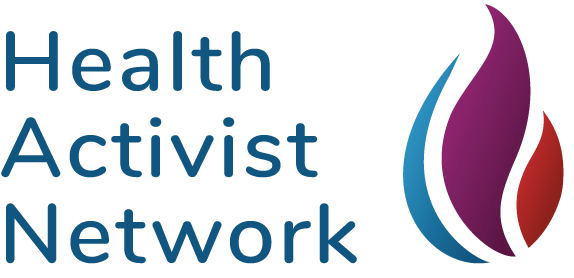 Patient Safety Focus Area
Patient Safety Focus Area
Reducing Medical Errors and Addressing Patient Safety
Together we are working to reduce cases of preventable medical error, develop a strong culture of safety, coordinate national efforts, and leverage available technologies, techniques, and organizations to promote a safer health care system that is error-free.
We are working to establish a National Patient Safety Board (NPSB), modeled after the National Transportation Safety Board (NTSB) to push for a centralized agency to coordinate federal efforts in patient safety.
The Problem
Patient safety and medical errors have been a pervasive issue in health care for decades. Ever since the seminal report in 1999 by the Institute of Medicine (now the National Academy of Medicine) titled “To Err is Human,” which stated that 98,000 deaths occur per year due to preventable medical error, there has been a frenzy to fix this problem. However, even though there has been some progress around passing federal legislation and creating data structures to report, analyze, and learn from patient safety errors, significant progress has not been made over the course of the past two decades.
There are still many challenges we need to overcome to achieve success: the inherent duplication and uncoordinated federal efforts around patient safety; accurately collecting, reporting, and analyzing adverse event data; building a culture of safety and quality improvement at all levels of the healthcare delivery system; enforcing, regulating, and standardizing quality and safety across the nation; and more.
The current system is simply unsafe, inefficient, and costing Americans their money, time, and lives. There is no reason why the health care system must remain this way when there has been remarkable success found in other industries. In transportation, we need look no further than the safety record aviation can pride itself in having. Nor can we ignore the decades-long success in what the National Transportation Safety Board (NTSB) has achieved through investigating and influencing safety improvements across the world. But we can also look to applications in other industries such as aerospace, financial tech, cyber security, to name a few.
These industries have shown us that a reality of a safe healthcare system is possible, and we want to bring these successes to health care through establishing a National Patient Safety Board (NPSB). The Health Activist Network is working alongside the Jewish Healthcare Foundation and the Pittsburgh Regional Health Initiative to create a federal agency (NPSB) that will coordinate, investigate, research, and spearhead a unified effort to bring about safety in health care.
The data driving us:
- A peer-reviewed analysis published in 2016 estimates as many as 440,000 people in the U.S. die every year from medical errors. (BMJ)
- This number would lead to preventable medical error as the 3rd leading cause of death in the U.S. after heart disease and cancer.
- An additional 10 to 20 times that number (440,000) are likely to experience serious harm.
- In 2010, it is estimated that more than a quarter of Medicare beneficiaries experienced an error during a hospital stay, as did a third during a skilled nursing home stay. (Department of Health and Human Services (HHS), Office of Inspector General (OIG))
- In 2011, one in five Americans said they or a family member had been harmed in the previous two years by a medical error – including infections, complications, surgical or medical mistakes, wrong drug doses or lab results. (Commonwealth Fund)
- A 2018 survey found that nearly a quarter of seriously ill patients reported experiencing a serious medical error. (Commonwealth Fund and Harvard)
- A 2012 analysis calculated the direct cost of errors to be between $735 and $980 billion annually. (Journal of Health Care Finance)
- Beyond direct medical costs, the study calculated the quality-adjusted life years (QALYs) for those died can be valued at $75,000 - $100,000 a year for 10 years.
- Using the estimate of 440,000 deaths a year, that is a loss of $44 billion a year, whereby an estimated annual price tag on the overall annual cost of medical errors in the U.S. is likely more than $1 trillion (or $1,000,000,000,000,000).
- Preventable medical errors also add to the burden of waste in the American healthcare system, accounting for between a quarter and a third of the nearly 18% of GDP spent annually on health care. (JAMA)
